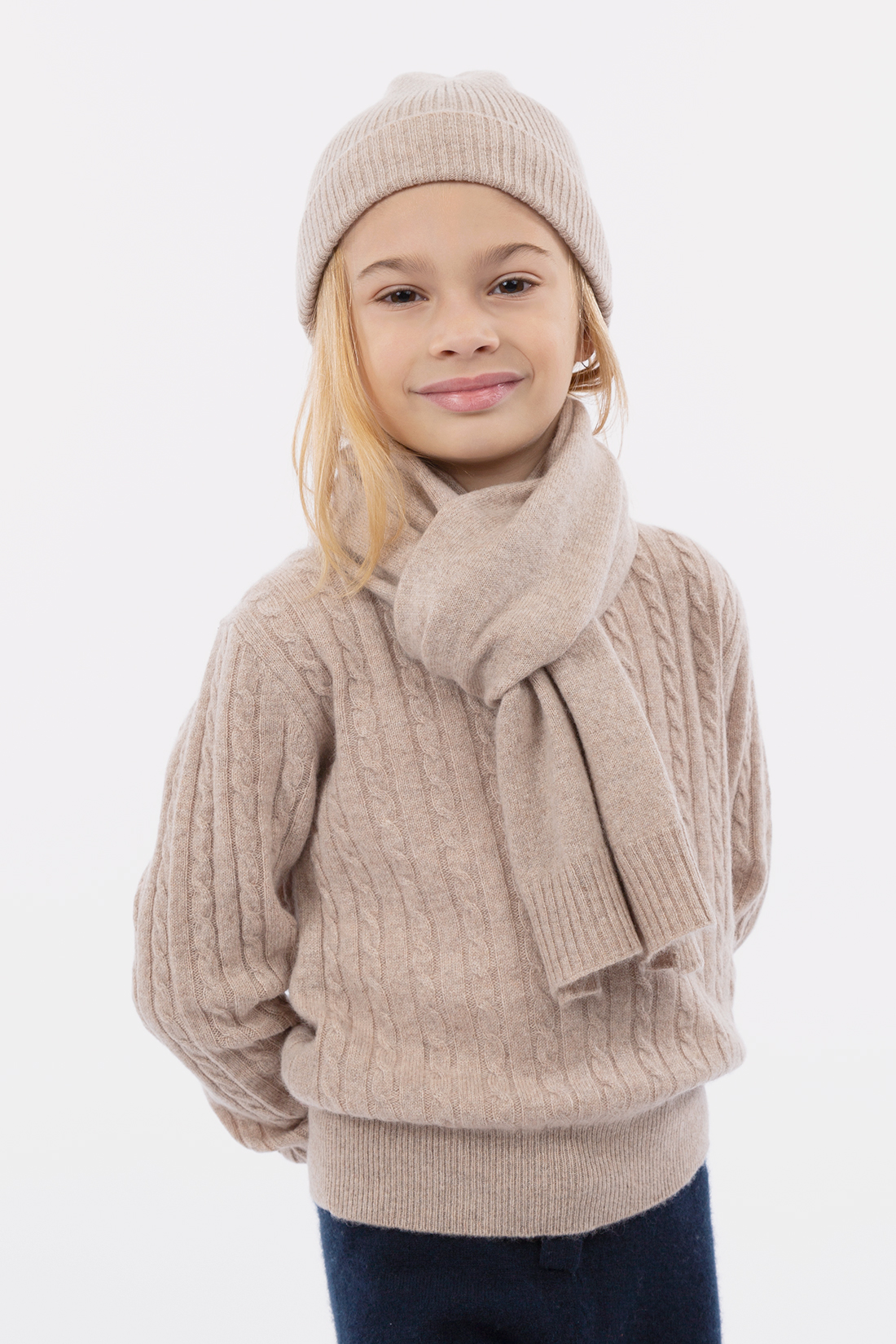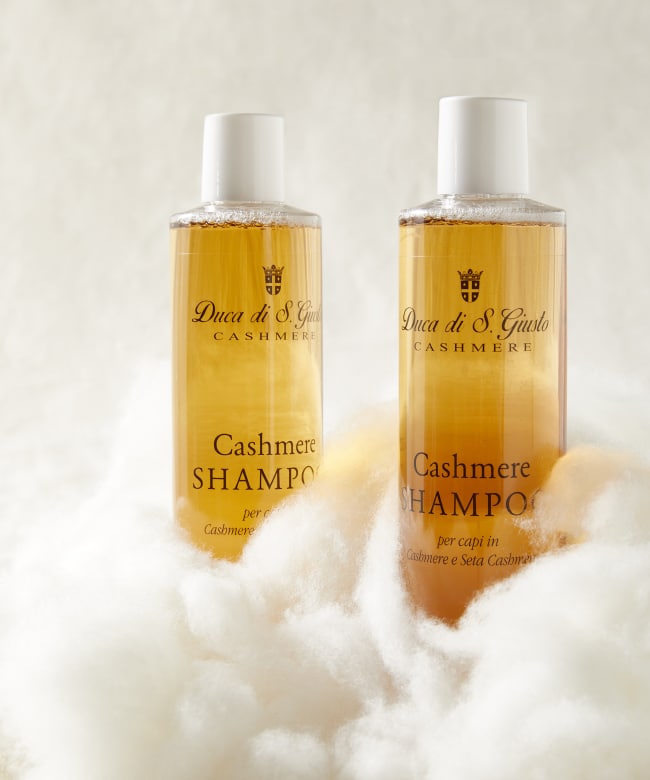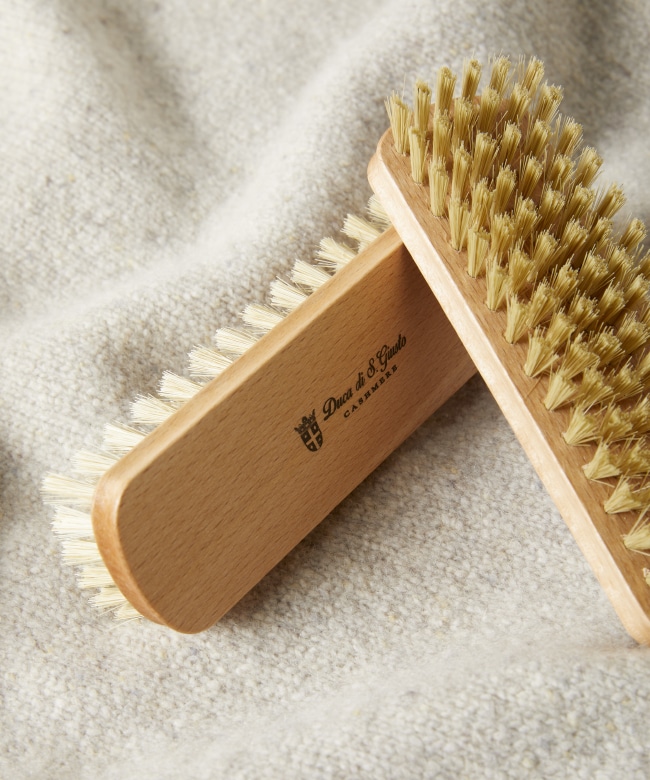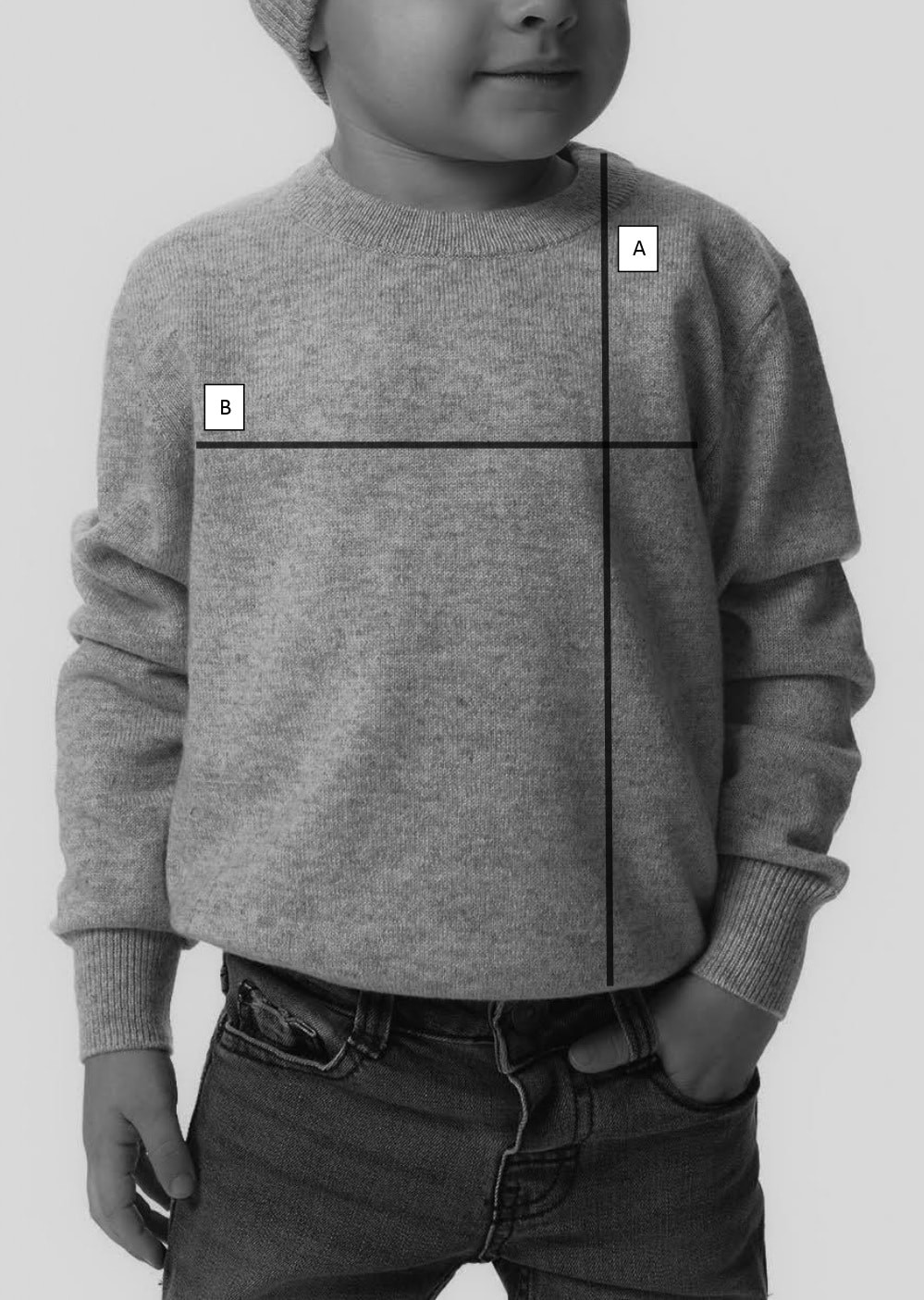Silk & Cashmere
A precious blend for spring and summer.
The origins of silk
Sericulture has a long history that has its origins in China, thousands of years before Christ. According to Chinese tradition, it was the wife of an emperor who introduced silkworm farming in 3000 B.C.
Legend has it that Lady Hsi Ling Shih reared a considerable number of silkworm cocoons and that, one day, while sipping tea under a mulberry tree, a cocoon fell into the cup; the heat of the tea caused it to unravel into a one kilometer long single, shimmering strand. Hence began the cultivation of silkworms fed with mulberry leaves.
For a very long time, silk, forever considered a precious and noble fabric, had been a privilege of Chinese emperors, of their court and of priests. It later became more widespread among all social classes and its use was no longer limited exclusively to clothing but became popular for making strings for musical instruments, fishing nets and sturdy ropes.
China soon developed a veritable silk trade and, for centuries, sericulture remained an exclusively Chinese legacy, up to approximately the year 1000 A.D. when exportation to the West began. Around the 6th century A.D., a group of monks were able to bring sericulture to Byzantium, the then capital of the Eastern Roman Empire. Over the years, the production and trade of silk became one of the most flourishing sectors of the Byzantine economy.
In the 14th century, with the expansion of the Islamic world, the silkworm arrived in Sicily, mostly in the cities of Catanzaro, Palermo and Messina, and Italy developed its own silk industry becoming the major European center of the time. The route that led from the Far East to the Middle-Eastern, European and Egyptian empires became known as the Silk Road, after the most precious good transported over it. It was silk, forever considered the most prized and expensive textile, that enabled the flourishing of trade and cultural interactions between East and West.
The properties of silk
Silk is a fine, soft, lightweight fiber known for its elasticity and resistance to tearing.
Among all of them, its sheen is the most loved quality of this noble and precious natural fiber: the cleaner the surface of the filament is and the rounder its section, the more luster it will have. It is cool in summer and warm in winter; Indeed, like wool, albeit thinner, it is very insulating. It is a non-conductive material (a bad conductor of heat) and can absorb moisture up to one third of its weight, leaving the skin free to breathe. For this reason, it is suitable in warmer and more humid seasons.
Silk & cashmere yarn
Did you know that our 85% silk and 15% cashmere yarn is perfect for spring and summer?
These two natural fibers combined give the body the pleasant softness of cashmere and the delicate lightness of silk. A prized blend that we are proud to offer through our collections. Basic garments for women, men and kids characterized by clean lines, soft to the touch and elegant nuances. Synonymous of versatility and comfort, for dressing naturally any time of day.











